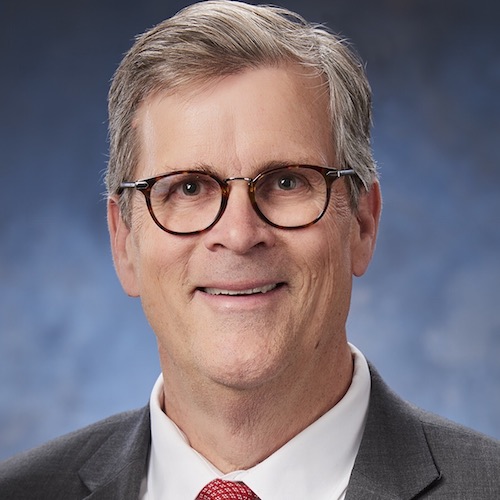5 minutes
Where does your credit union stand on payday lending?
It seems like there is no other topic that divides credit unions like small dollar loans, or perhaps more to the point, payday loans. I’ve heard all kinds of arguments for and against having such a program, including:
- “If my credit union doesn’t make these loans, our members will go elsewhere for them and pay more.”
- “Just because the consumer wants something, doesn’t mean we should give it to them. There’s a demand for illegal drugs; legalizing doesn’t make them better.”
- “We need to focus on educating members regarding the issues of payday loans so they find a better way to manage their money.”
- “The consumers that use them know exactly what they’re doing. If getting a $300 payday loan at a cost of $45 for two weeks saves them from bouncing five checks they’ve already written, they’ll save $150 in fees from their bank and at least $150 in returned check fees from the merchant.”
- There’s a segment of society that does not have the educational background to give them a job that supports a reasonably sound financial life. We can’t fix that. If we don’t do payday loans in an emergency they may not be able to fix their car, which will lead to losing their job. Or they may not have money to put food on the table on a Wednesday night before payday.”
Unfortunately, all of these arguments for and against payday loans are valid not only on the surface, but after a thorough examination of the issues. As a young man right out of college, unable to find a job as a manager trainee in a bank, I turned to a job in the consumer finance industry charging people between 18 percent and 30 percent for small consumer loans. It was a great way to learn the lending business, because I witnessed the financial difficulties my customers faced every day.
Later in my career after I came to the credit union movement, I learned of a book, Fringe Banking, written by John Caskey, Ph.D., on alternative financial service providers like check-cashing outlets and pawnshops. In the book, which I tend to re-read every few years, Caskey shares four common themes from his research:
- The lack of a savings account or basic emergency fund causes people to pay more for basic financial services.
- The rich are getting richer and the poor are getting poorer, which is leading to the growth in fringe banking.
- Many consumers happily utilize fringe banks. They could get lower-cost funds but would have to wait longer for the money. Check cashers and other fringe banks offer better hours, arguably better service and greater convenience.
- There is insufficient supervision and regulations for the fringe banks. The changing regulatory landscape has improved this to a degree, but this problem is still applicable.
Recently I was speaking with my co-worker Matt Gendron, our chief engagement officer. Matt started his career in banking and has been in the credit union world for 22 years. I asked Matt, “When you started in banking (I was still in college) what was the fee for an NSF?” He thought the fee was still $15 or so, but I really doubt that. I couldn’t afford to bounce a check in college, but I can’t imagine that fee was more than about $5. My point is this: As an industry we have not only gotten used to the drug called fee income, we’ve basically rebuilt our business model around the addiction. How many of us break even on spread?
What’s the answer on whether your credit union should be in the business of making payday loans or not? Unfortunately, you’ll get no definitive answer from me. However, consider these 5 C’s to use when considering payday or small-dollar loans:
- Community served or field of membership. If you serve a lower-income community, I don’t see how you can properly serve your members without some type of payday loan or small loan.
- Core competency. Do you understand small-dollar lending? Do you have the capacity and expertise to service these loans and the financial challenges your members will face?
- Convenience. If you can’t make the granting of these loans easy, if members can’t get them after work at 6 p.m. on a Thursday night, they’ll turn to a payday lender.
- Chance. Do you want to take a chance with small credit lines or a small loan to members based solely on them having a checking account with you? Imagine a $300 payday loan that a borrower could renew every two weeks for $45 and never repay the original amount. Now dream that they could borrow $300 and repay $45 every two weeks via direct deposit of their paycheck. Here’s a crazy idea: Design a small loan that every two weeks the borrower makes a payment, the first payment of the month is applied to the loan, and the second is deposited into a savings account with a hold on it until the loan is paid. The member now has a savings account balance that can help them avoid the next potential financial disaster.
- Change. Can your credit union change consumer behavior? Are you willing to change your NSF policy to be more consumer-friendly? Can you survive with a NSF fee of $5 or $10? Or, are you willing to waive fees on Thursday, the day before payday?
Bill Vogeney is a self-professed lending geek and the chief revenue officer for $5.1 billion Ent Credit Union in Colorado Springs.






